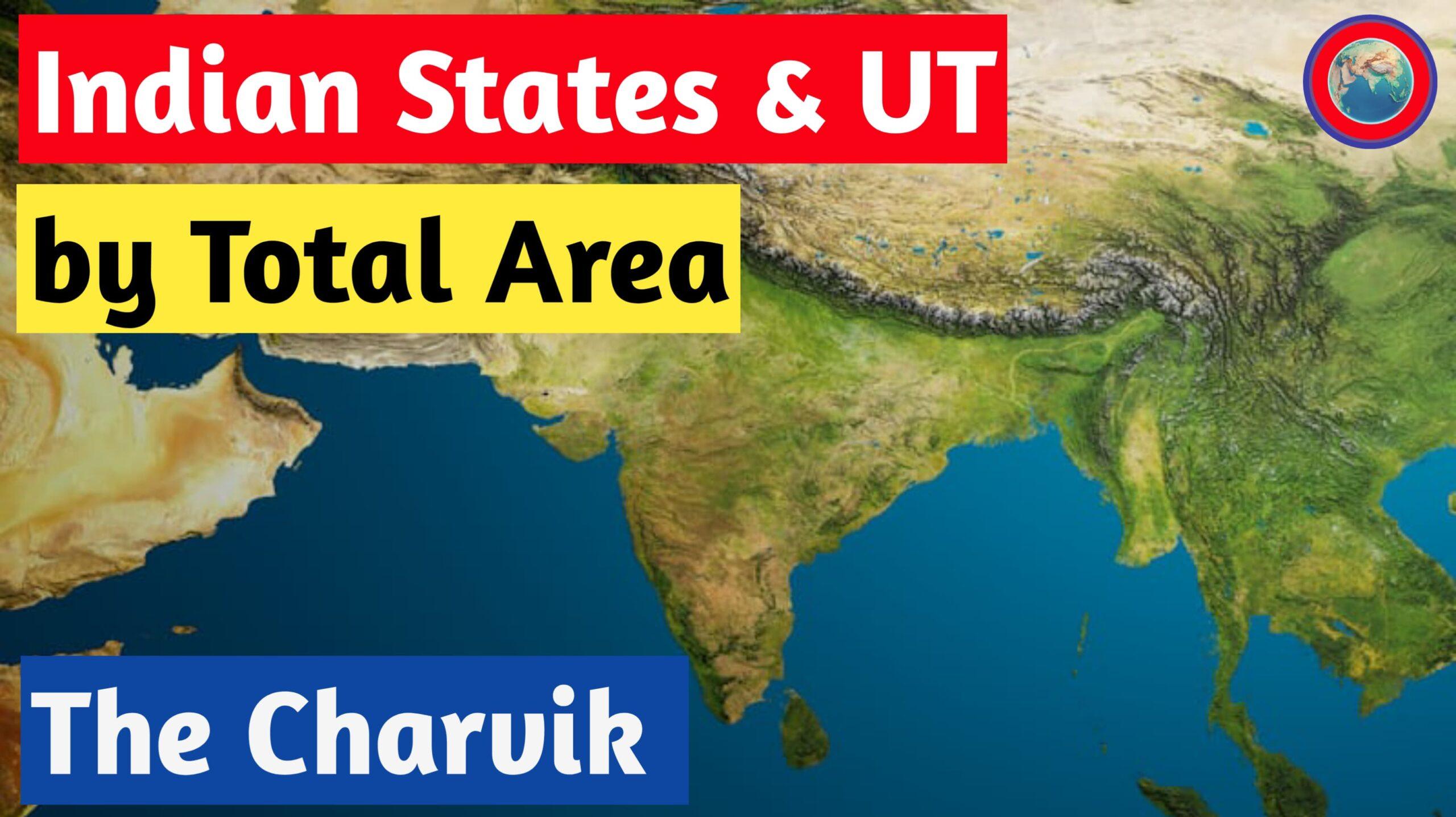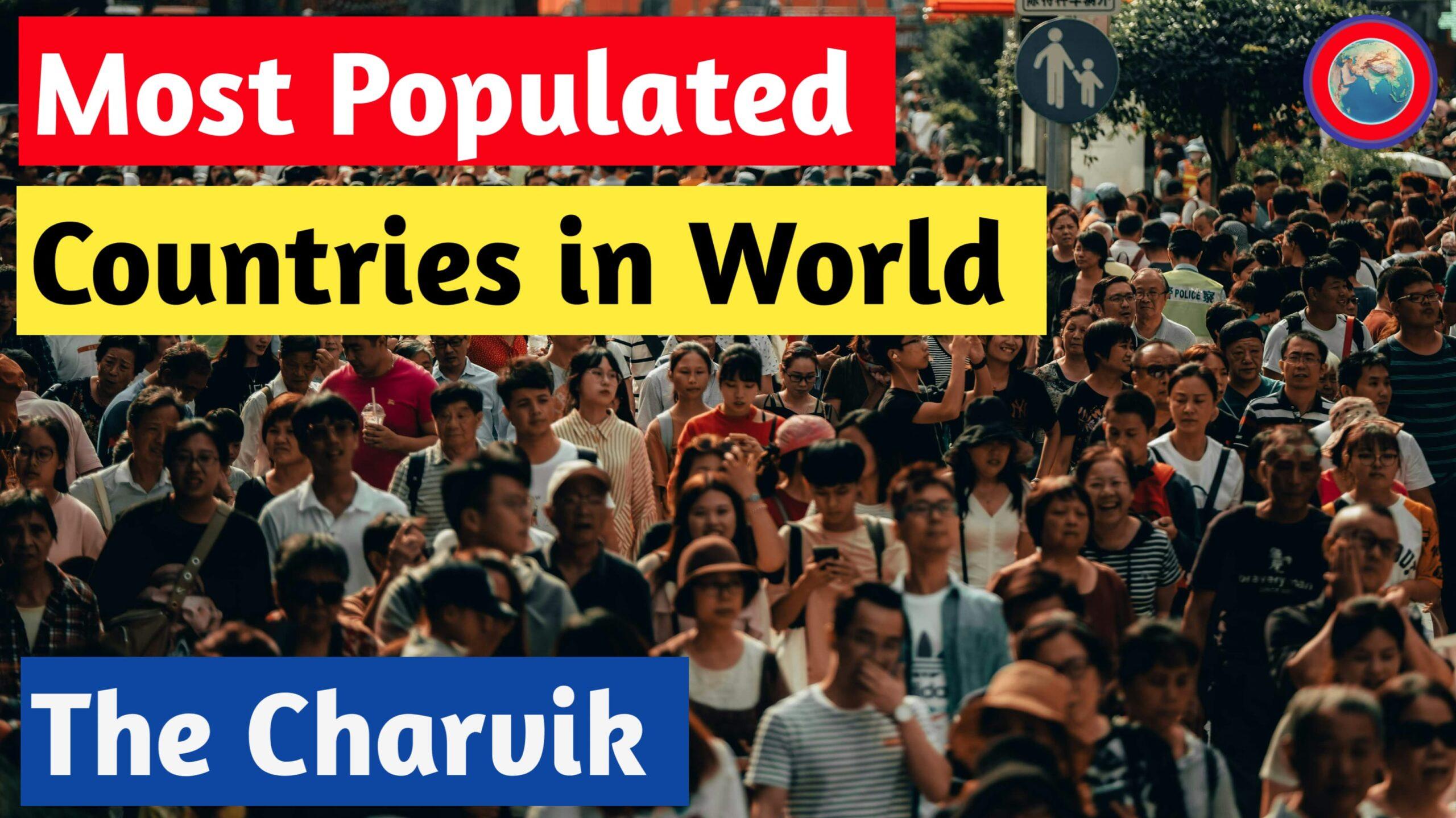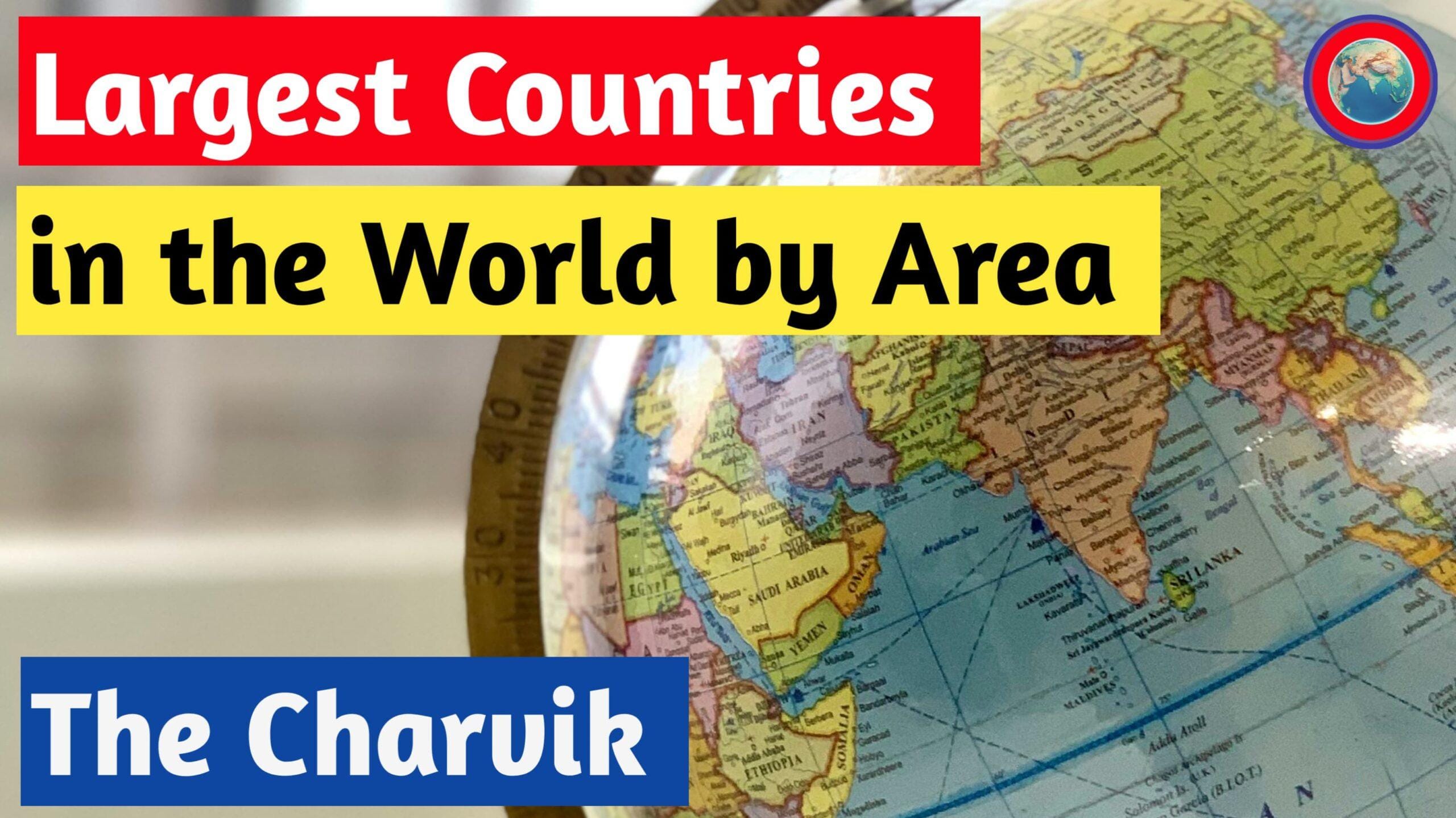Population refers to the total number of people residing within the country’s geographical boundaries at a given time. India, the world’s most populous country, is home to over 1.44 billion people, accounting for nearly 18% of the global population. With varying density across different regions, urban and rural settlements, and migration trends, India presents a unique demographic structure that shapes its economic and social landscape.
The last census in India was conducted in 2011. Uttar Pradesh is the most populous state in India, while Lakshadweep remains the least populated region. In this article, we will know more about the population distribution of India.
Key Insights – Population of India
India surpassed China to become the world’s most populous country, making up around 1.484 billion of the global population. With over 65% of its population under the age of 35, India is the youngest Country in the world. This demographic advantage provides immense potential for economic development.
| Population of India | 1,417,492,000+ |
| Most Populated State | Uttar Pradesh |
| Least Populated State | Sikkim |
| Most Populated UT | Delhi |
| Least Populated UT | Lakshadweep |
Uttar Pradesh is the largest state of India in terms of population, making up around 17% of the population. Followed by Bihar, Madhya Pradesh, and Maharashtra. Lakshadweep is the least populated region of India, with a population of approximately 69,000.
List of states and union territories of India by population
Population in million people and Share in Percentage(%)
UT = Union Territories
| ^ | State / Union Territory | Population | Share(%) |
|---|---|---|---|
| – | India | 1,417,492,000 | 100% |
| 1 | Uttar Pradesh | 241,265,000 | 17.02% |
| 2 | Bihar | 131,041,000 | 9.24% |
| 3 | Maharashtra | 128,659,000 | 9.08% |
| 4 | West Bangal | 100,202,000 | 7.07% |
| 5 | Madhya Pradesh | 88,985,000 | 6.28% |
| 6 | Rajasthan | 83,060,000 | 5.86% |
| 7 | Tamil Nadu | 77,394,000 | 5.46% |
| 8 | Gujarat | 73,513,000 | 5.19% |
| 9 | Karnataka | 68,679,000 | 4.85% |
| 10 | Andhra Pradesh | 53,586,000 | 3.78% |
| 11 | Odisha | 46,953,000 | 3.31% |
| 12 | Jharkhand | 39,466,000 | 2.73% |
| 13 | Telangana | 38,090,000 | 2.89% |
| 14 | Kerala | 35,776,000 | 2.75% |
| 15 | Assam | 35,713,000 | 2.58% |
| 16 | Punjab | 30,730,000 | 2.29% |
| 17 | Haryana | 30,209,000 | 2.09% |
| 18 | Chhattisgarh | 30,180,000 | 2.11% |
| 19 | Delhi – UT | 21,359,000 | 1.39% |
| 20 | Jammu and Kashmir – UT | 13,603,000 | 1.01% |
| 21 | Uttarakhand | 11,637,000 | 0.83% |
| 22 | Himachal Pradesh | 7,468,000 | 0.57% |
| 23 | Tripura | 4,147,000 | 0.30% |
| 24 | Meghalaya | 3,349,000 | 0.25% |
| 25 | Manipur | 3,223,000 | 0.21% |
| 26 | Nagaland | 2,233,000 | 0.16% |
| 27 | Puducherry – UT | 1,646,000 | 0.13% |
| 28 | Goa | 1,575,000 | 0.12% |
| 29 | Arunachal Pradesh | 1,562,000 | 0.11% |
| 30 | Dadra & Nagar Haveli and Daman & Diu – UT | 1,263,000 | 0.05% |
| 31 | Mizoram | 1,238,000 | 0.09% |
| 32 | Chandigarh – UT | 1,231,000 | 0.09% |
| 33 | Sikkim | 689,000 | 0.05% |
| 34 | Andaman and Nicobar Islands – UT | 403,000 | 0.03% |
| 35 | Ladakh – UT | 300,000 | 0.02% |
| 36 | Lakshadweep – UT | 69,000 | 0.005% |
The population distribution of India varies widely across states and Union Territories due to geographical, economic, and social factors. While states like Uttar Pradesh and Maharashtra have massive populations, others like Sikkim and Arunachal Pradesh remain sparsely populated. Urbanization is increasing, with cities playing a vital role in economic growth. Proper planning and sustainable policies are essential for managing India’s population effectively and ensuring a balanced and prosperous future.
Reference
Source: REPORT OF THE TECHNICAL GROUP on POPULATION PROIECTTONS by Goverment of India
See also: The Largest Countries by Population







Leave a Reply
You must be logged in to post a comment.